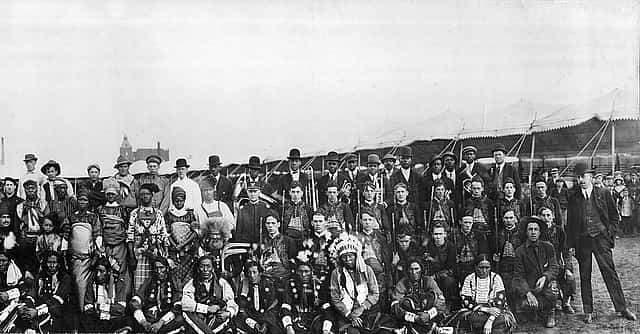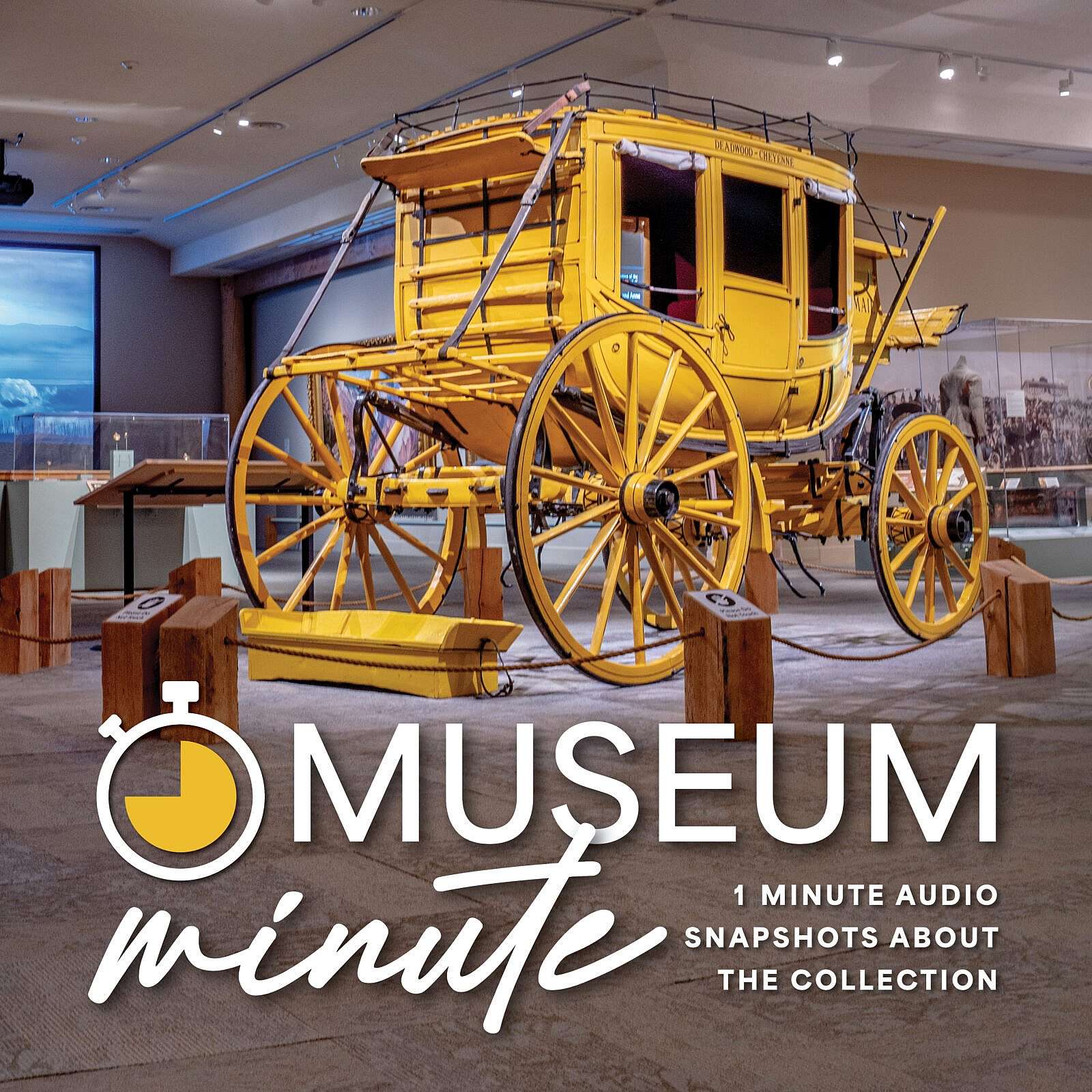
Ragtime orchestra likely inspired some of the music in Buffalo Bill’s Wild West show
Written By
Olivia Weitz
Olivia Weitz is a Multimedia Journalist for Wyoming Public Radio. She works out of a recording studio inside the Buffalo Bill Center of the West in Cody. She covers Yellowstone National Park, wildlife, and arts and culture throughout the region. She produces the “Museum Minute” series, which features objects from the Center of the West’s collections.



